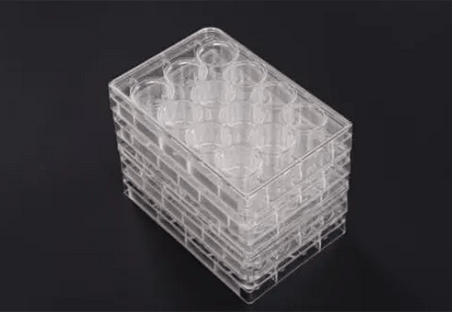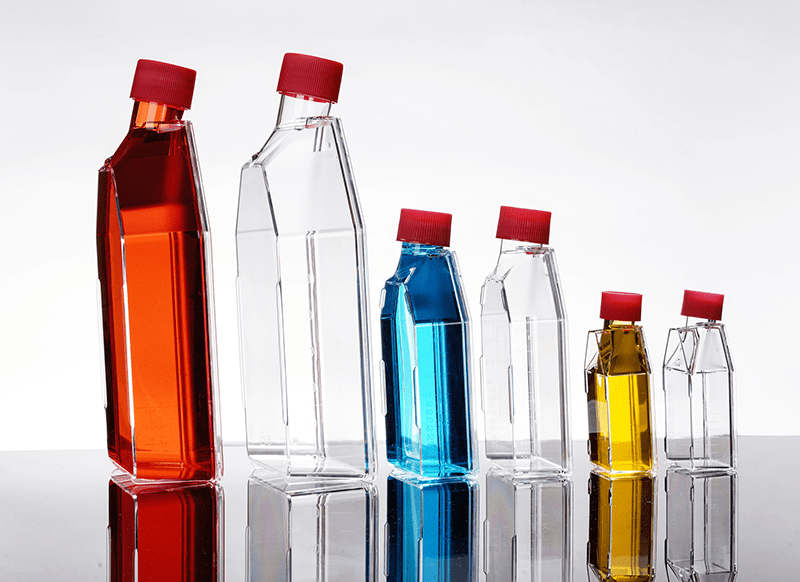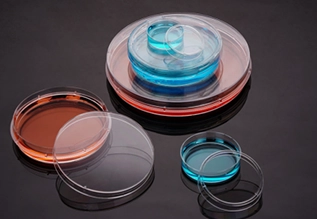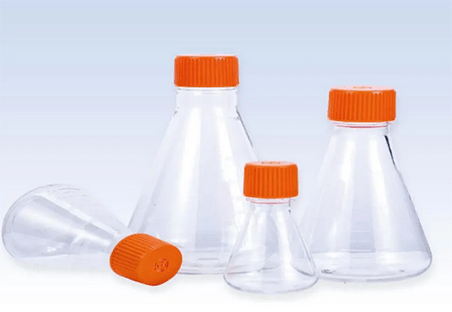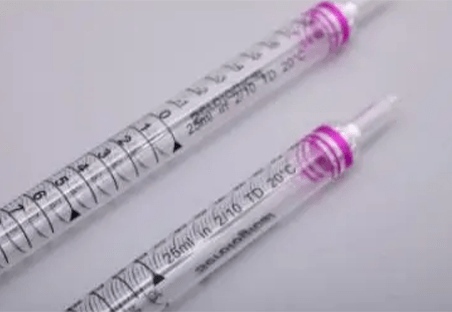Cell culture has become the beating heart of countless biological investigations, serving as a crucial platform for studying cellular processes, developing life-saving drugs, and propelling advancements in diverse fields like medicine, biotechnology, and agriculture. Within this intricate dance of scientific inquiry, a seemingly simple piece of equipment plays a vital role: the cell culture flask. Among the various flask designs employed in laboratories, the classic Erlenmeyer flask, with its distinctive conical silhouette and wide mouth, has long held a prominent position. However, the introduction of screw caps has ushered in a new era of enhanced utility and safety for these ubiquitous vessels, transforming them into indispensable tools for optimizing cell culture workflows. This article delves into the world of Erlenmeyer flasks with screw caps, unveiling their unique advantages, functionalities, and considerations for selection and use.
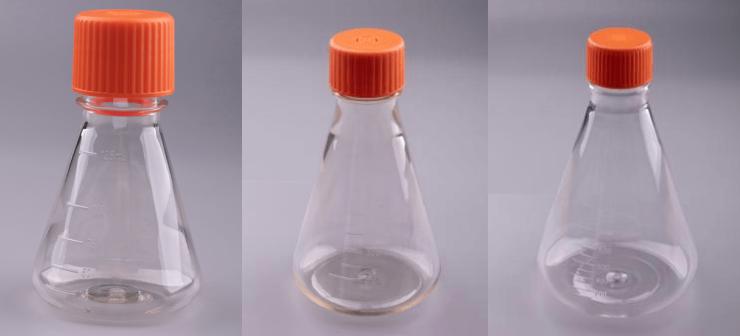
Why Choose Erlenmeyer Flasks for Cell Culture?
Importance of Flask Design in Cell Culture
The design of a flask plays a crucial role in cell culture success. The wide base of Erlenmeyer flasks provides excellent stability, while the conical shape facilitates gas exchange and mixing of culture media. Additionally, the angled neck allows for easy access for pipetting and manipulation without disturbing the cell layer. Screw caps further elevate the capabilities of Erlenmeyer flasks by addressing key challenges in cell culture.
Advantages of Erlenmeyer Flask with Screw Cap for Cell Culture
Erlenmeyer flasks with screw caps offer several advantages for cell culture applications:
- Aseptic Conditions: Screw caps create a tight seal, minimizing the risk of airborne contamination compared to traditional cotton plugs. It is crucial to maintain a sterile environment for cell culture experiments. This helps to prevent the introduction of unwanted microorganisms that could compromise the integrity of the cell culture.
- Enhanced Gas Exchange: The design of screw caps allows for controlled gas exchange within the flask while preventing the entry of contaminants. This feature facilitates optimal oxygenation and carbon dioxide removal, essential for maintaining cell viability and promoting healthy growth.
- Convenience and Security: Compared to cotton plugs, screw caps are easy to manipulate and ensure a tight seal, reducing the likelihood of leaks or spills during handling, transportation, or incubation. This convenience enhances workflow efficiency and minimizes the risk of experimental errors or sample loss.
- Long-Term Storage: Erlenmeyer flasks with screw caps are suitable for long-term storage of cell cultures, allowing researchers to preserve valuable samples for future analysis or experimentation. The secure sealing provided by screw caps helps to maintain the viability and stability of cell cultures over extended periods.
- Compatibility with Automation: Screw-capped Erlenmeyer flasks are compatible with automated systems commonly used in high-throughput screening and large-scale cell culture applications. This compatibility streamlines processes, improves reproducibility, and enhances overall experimental throughput.
- Versatility: Erlenmeyer flasks with screw caps are available in various sizes and materials, offering flexibility to accommodate different cell culture requirements and experimental scales. Researchers can choose from a range of options tailored to their specific needs, ensuring optimal performance and results.
Overall, the advantages of Erlenmeyer flasks with screw caps make them indispensable tools in cell culture laboratories, facilitating efficient, reliable, and reproducible cell culture experiments while safeguarding sample integrity and experimental outcomes.
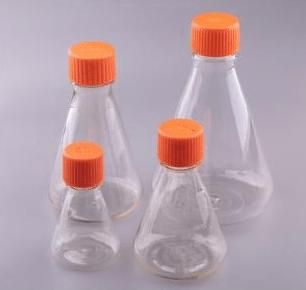
What are the Specific Designs and Functions of Erlenmeyer Cell Culture Flasks?
Erlenmeyer cell culture flasks are essential tools in laboratory settings, especially in cell culture work. They come with specific designs and functions aimed at facilitating cell growth, maintenance, and experimentation. Let’s delve into the characteristics and common types:
Characteristics of Erlenmeyer Flasks Suitable for Cell Culture
- Shape: The classic Erlenmeyer flask has a conical bottom and a wide mouth. This shape provides a large surface area for cell attachment and growth, while also minimizing the risk of spillage when swirling or mixing the culture.
- Material: Erlenmeyer flasks for cell culture are typically made from medical-grade plastic, such as polystyrene, polycarbonate, or polypropylene. These materials are non-toxic, chemically inert, and can withstand repeated sterilization cycles.
- Sterility: Erlenmeyer flasks for cell culture are sold pre-sterilized to prevent contamination of the cells. They are typically sterilized by gamma irradiation or autoclaving.
- Closure: Erlenmeyer flasks for cell culture have a narrow neck that can be sealed with a cap or stopper. This helps to maintain sterility and prevent evaporation of the culture medium. Some flasks also have vented caps that allow for gas exchange while maintaining sterility.
- Size: Erlenmeyer flasks come in a variety of sizes, from small flasks for culturing a few cells to large flasks for culturing large numbers of cells.
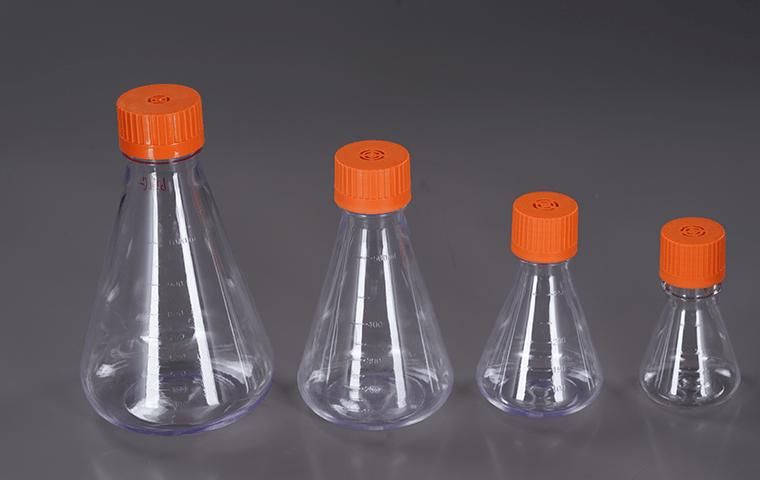
Types of Erlenmeyer Cell Culture Flasks
Erlenmeyer cell culture flasks can be classified based on various criteria such as materials, surface treatments, and specialized features. Here are some classifications of Erlenmeyer cell culture flasks:
- Material:
- Glass Erlenmeyer Flasks: Made of borosilicate glass, these flasks are durable, autoclavable, and reusable.
- Plastic Erlenmeyer Flasks: Typically constructed from materials like polystyrene or polyethylene, these flasks are disposable and come pre-sterilized.
Scopelab can provide you with PC and PETG material type erlenmeyer flasks.
- Surface Treatment:
- Tissue Culture Treated Flasks: These flasks are treated with surface coatings (e.g., collagen, gelatin, or poly-L-lysine) to enhance cell adhesion and growth.
- Non-Tissue Culture Treated Flasks: Lack specialized surface treatments for cell attachment and are suitable for suspension cultures or experiments where cell adhesion is not required.
- Closure Mechanism:
- Screw Cap Flasks: Equipped with screw caps, these flasks provide a secure seal and can have additional features like venting for controlled gas exchange.
- Plug Seal Flasks: Feature plug-style closures that provide a tight seal but may not offer the same level of convenience as screw caps.
- Special Features:
- Filter Cap Flasks: Incorporate hydrophobic filters in the caps to allow gas exchange while preventing contamination.
- Graduated Flasks: Have volume markings on the side for precise measurement and dispensing of culture media and solutions.
- Stackable Flasks: Designed to be nested or stacked for efficient storage in incubators or refrigerators, optimizing space utilization.
- Large Volume Flasks: Suitable for industrial-scale cell culture applications or experiments requiring high cell densities, with capacities ranging from several liters to tens of liters. Scopelab can provide you 125ml to 1000ml volume of flasks.
- Application-specific Flasks:
- Flasks for Suspension Cultures: Designed for experiments involving suspension cultures where cells grow in a liquid medium without adhering to a surface.
- Flasks for Adherent Cultures: Specifically designed to promote cell attachment and growth on the flask surface, typically treated with coatings to enhance cell adhesion.
These classifications help researchers choose the most appropriate Erlenmeyer cell culture flasks based on their experimental requirements, cell culture protocols, and desired outcomes. Each type of flask offers unique advantages and may be preferred for specific applications or experimental conditions.
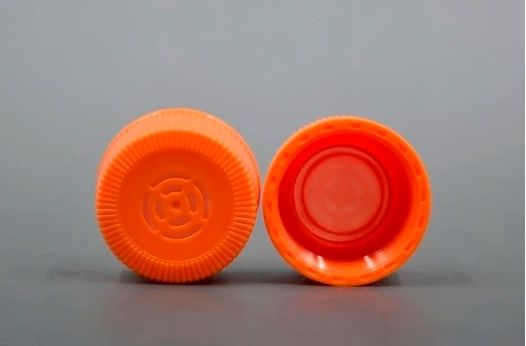
Types of Screw Caps Available for Cell Culture Flasks
Screw caps for Erlenmeyer cell culture flasks come in various types, each designed to meet specific requirements of cell culture applications. Here are some common types of screw caps available for Erlenmeyer cell culture flasks:
- Vented Screw Caps: Vented screw caps have a venting mechanism, typically in the form of a membrane or filter, that allows for gas exchange while preventing contamination. These caps are essential for maintaining optimal gas exchange conditions in cell culture environments while minimizing the risk of microbial contamination.
- Non-Vented Screw Caps: Non-vented screw caps do not have a venting mechanism and provide a sealed closure for the flask. These caps are suitable for applications where gas exchange is not required or can be achieved through other means, such as a separate vented culture hood.
- Sterile Screw Caps: Sterile screw caps are pre-sterilized and individually packaged to maintain sterility until use. These caps are essential for preventing contamination of cell cultures during handling and storage.
- Foam-lined Screw Caps: Foam-lined screw caps feature a foam lining that provides a secure seal and helps to prevent leakage of liquid contents from the flask. These caps are particularly useful for applications where liquid-tight sealing is required, such as during transportation or storage of cell cultures.
- Color-coded Screw Caps: Color-coded screw caps are available in different colors to facilitate easy identification and organization of cell culture flasks. This feature can be especially useful in multi-flask experiments or when working with multiple cell lines or culture conditions simultaneously.
- Graduated Screw Caps: Some screw caps are equipped with volume markings or graduations, allowing for easy measurement and dispensing of liquids into the flask without the need for additional measuring devices.
- Customizable Screw Caps: Certain manufacturers offer customizable screw caps that allow researchers to add additional features or modifications to suit specific experimental requirements. These may include integrated filters, specialized membranes, or custom labeling options.
When selecting screw caps for Erlenmeyer cell culture flasks, it is important to consider the specific requirements of the cell culture experiment, including gas exchange needs, sterility maintenance, liquid-tight sealing, and ease of handling and identification. Additionally, compatibility with the flask size and threading should be ensured to achieve a proper fit and seal.
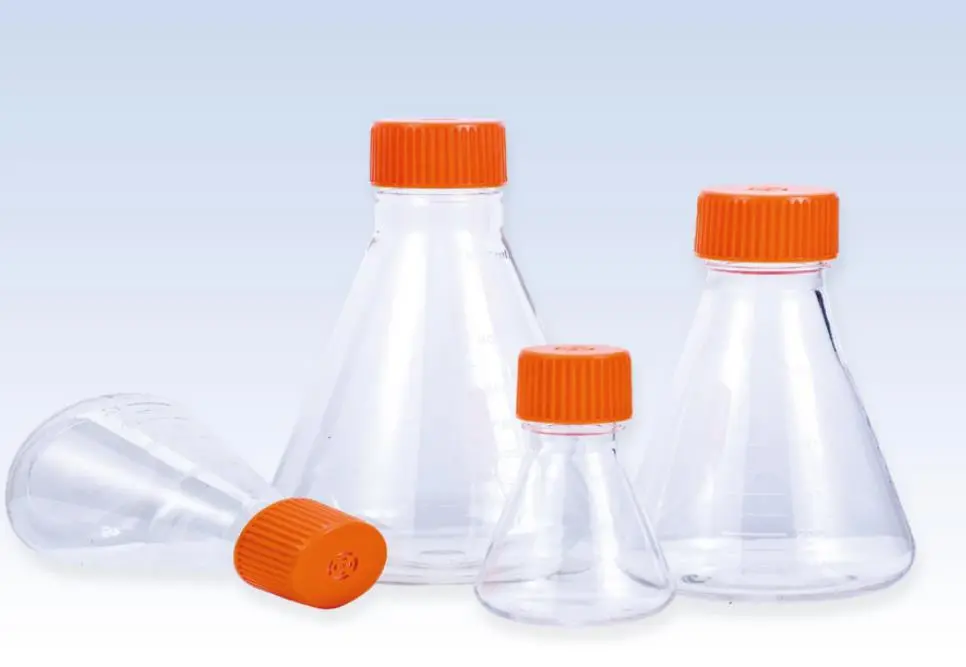
Considerations for Selecting Erlenmeyer Cell Culture Flasks
When selecting and using Erlenmeyer cell culture flasks, several considerations should be taken into account:
| Aspect | Key Considerations |
| Material Composition & Biocompatibility | Glass: Excellent visibility, chemical resistance, durability, autoclavable, potential ion leaching. Plastic (PS/PP): Lighter, less expensive, potential absorption of media components, limited autoclave cycles, ensure cell-culture treated. |
| Size & Surface Area for Optimal Cell Growth | Cell type: Adherent vs. suspension. Cell density: Desired cell concentration. Gas exchange: Larger flasks for more surface area, smaller flasks for reduced evaporation. |
| Sterilization & Maintenance Protocols | Material compatibility: Choose method based on flask material (e.g., autoclave for glass). Cell type requirements: Sterile vs. less stringent conditions. Cleaning: Develop proper protocols to avoid damage. Reuse: Glass is reusable, plastic is disposable. |
| Cost & Sustainability Factors | Initial cost: Glass more expensive upfront, plastic cheaper per use. Long-term cost: Consider glass reusability vs. repeated plastic purchases. Waste disposal: Glass can be recycled, plastic contributes to waste. Environmental impact: Manufacturing, use, and disposal impact of different materials. |
| Additional Considerations | Lid/Stopper: Gas exchange vs. contamination control. Aseptic technique: Maintain regardless of flask material. Specific experiment needs: Side arms, special coatings, etc. |
By carefully considering these factors, you can select and use Erlenmeyer cell culture flasks that are optimal for your specific needs and contribute to successful cell culture experiments.
Conclusion
In conclusion, Erlenmeyer flasks with screw caps stand as a testament to the continuous evolution of laboratory equipment, seamlessly blending classic design with innovative enhancements. Their conical shape fosters optimal gas exchange and culture stability, while the secure closure provided by screw caps minimizes contamination risks and simplifies handling. By understanding the specific features and functionalities of these flasks, researchers can make informed choices to cater to their diverse cell culture needs. So, if you’re ready to elevate your cell culture workflows and experience the benefits of these versatile tools firsthand, be sure to explore the diverse options available and buy Erlenmeyer flasks with screw caps that perfectly suit your research needs.
